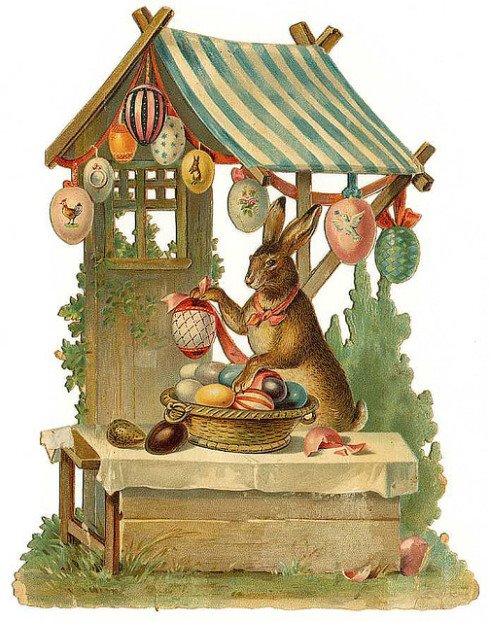
Easter Facts
Easter is a grand festival of Christians.
The name Easter owes its origin to Eostre, the Anglo-Saxon goddess who symbolizes hare and egg.
Easter always falls between March 22 and April 25.
From the very early times, the egg has been considered to be the most important symbol of rebirth.
The initial Easter baskets were given the appearance of bird's nests.
Each year witnesses the making of nearly 90 million chocolate bunnies.
Easter is a grand festival of Christians.
The name Easter owes its origin to Eostre, the Anglo-Saxon goddess who symbolizes hare and egg.
Easter always falls between March 22 and April 25.
From the very early times, the egg has been considered to be the most important symbol of rebirth.
The initial Easter baskets were given the appearance of bird's nests.
Each year witnesses the making of nearly 90 million chocolate bunnies.

Easter is the most important festival of Christians as it is observed to honour Jesus' return to life. Easter is a festivity of colours and joy. It conveys the message that after the dark clouds, there is a silver lining.
Easter always falls on the first Sunday after the full moon night of the spring season.
That's about as Pagan of a calculation as exists!
Historically Easter was addressed as the festivity of Eostre that always occurred during the period of vernal equinox, when the ratio of day to night was exactly the same.
But in all the legends, one thing that is emphasized is Easter is a grand holiday that is celebrated to glorify the victory of life over death and light over darkness.
German tradition of decorating trees with Easter eggs © Rainer Sturm

When the time approaches for Easter, the first thing
that comes to mind are Easter eggs.
Eggs symbolize fertility!
People embellish their houses with handmade painted Easter eggs.
In the ancient times, these Easter eggs were very brightly coloured, giving a warm welcome to the spring season.
Easter Bunny
When the talk is about Easter, it is definitely incomplete without the mention of the Easter bunny. The Easter bunny is a symbol associated with fertility and the reason behind is that, well, bunnies love to hump and they reproduce.. like.. rabbits!
In order to understand anything about the Goddess Eostre (the Goddess worshiped at that time) we must draw on the traditions associated with the holy tide. Grimm in his Teutonic Mythology maintained that "Ostara, Eástre, was goddess of the growing light of spring." The date of the holy tide would make this a reasonable conclusion. Holy water in the form of the dew or water collected from brooks was gathered at this time. Washing with it was said to restore youth. Beautiful maidens in sheer white were said to seen frolicking in the country side.
Easter eggs seem to go fairly far back in both English and continental celebrations, and of course symbolize the beginning of new life. The hare also known for its fertility appears fairly early in Easter celebrations. Bonfires and vigils also seemed to play a role in many Easter rites.
Based on this Eostre would appear to be a Goddess of purity (the holy water), youth and beauty (the young maidens), as well as one of new life beginnings.
Eostre has shining maidens at dawn associated with her,
Easter therefore would be seen as a holyday of transition.
Today, Easter bunny occupies the most dominant position amongst all symbols of Easter. Chocolate bunny rabbit cookies
and cakes sell like hot cakes during the Easter spring season.
This symbol of Pagan times,
the Easter bunny, symbolizes new life.
(info gathered from the interwebs)
Welcome Back Homie!
No comments:
Post a Comment